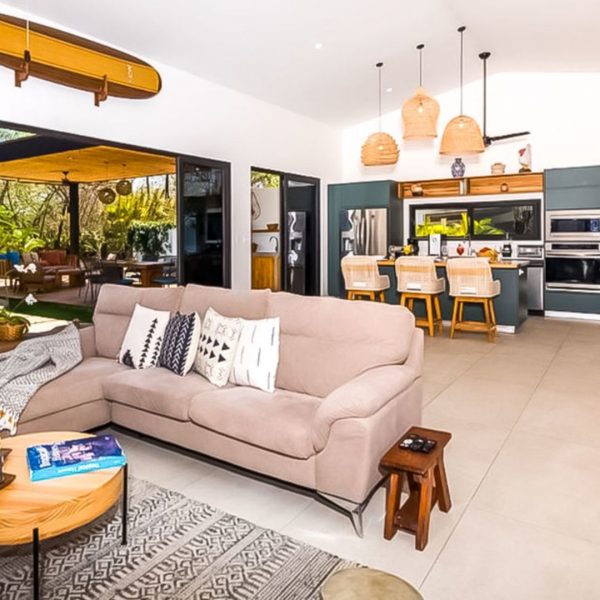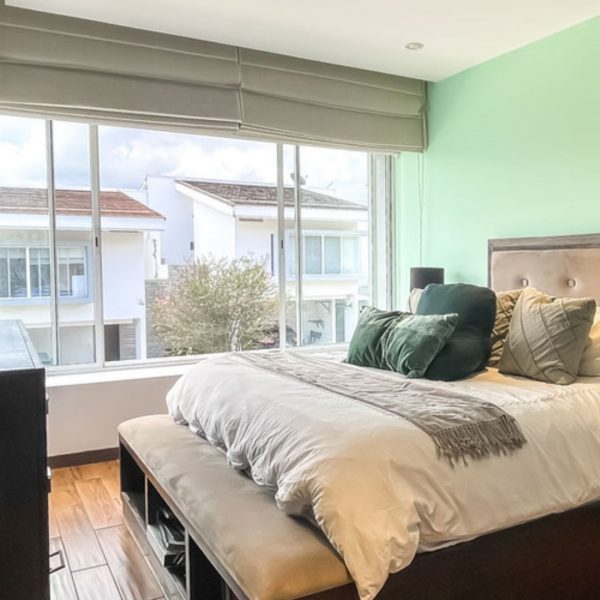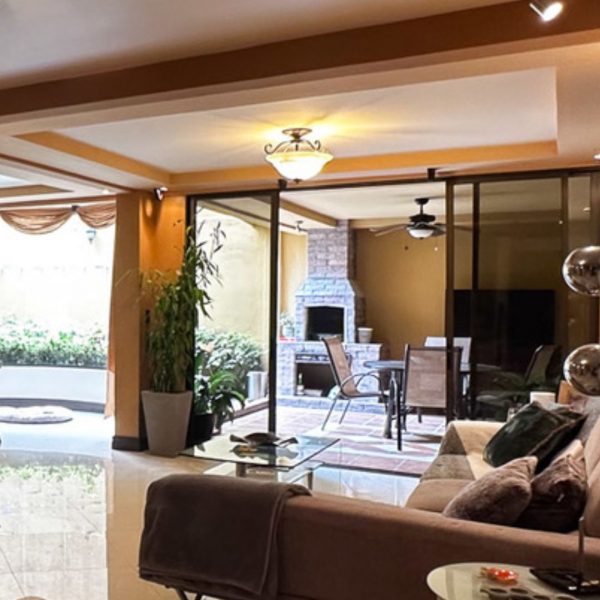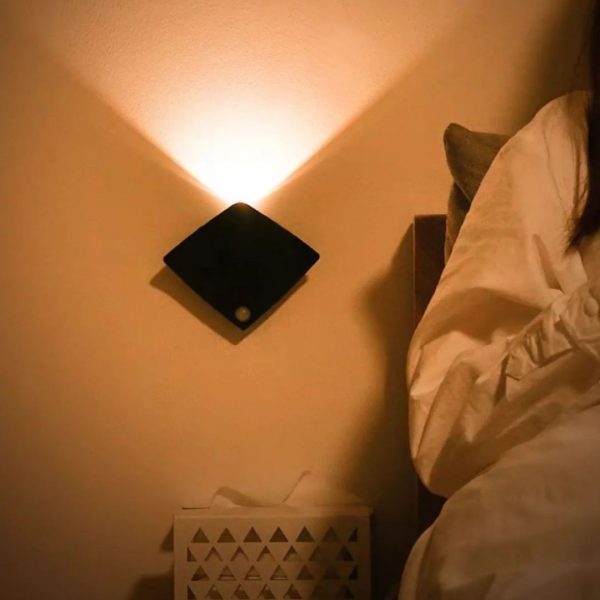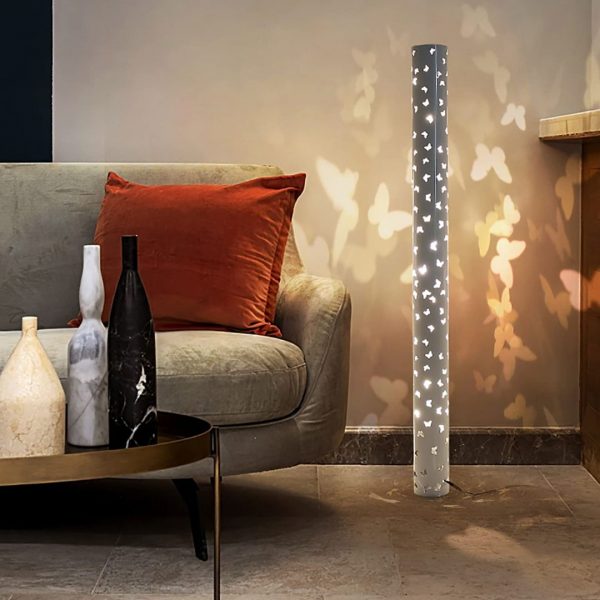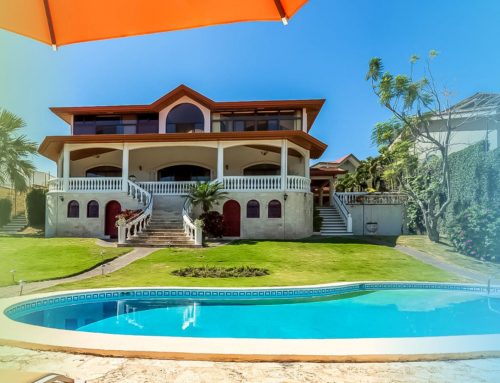Indoor lighting is a crucial aspect that can transform spaces, making them comfortable, functional or aesthetically pleasing. From lamps to ceiling lights, the strategic use of natural and artificial light. In this article you will find some tips on how to illuminate the interiors of your living or working spaces.
You will also discover how to differentiate the use of white light and yellow light, as well as ambient lighting.
Enliven rooms with the power of light
Did you know that lighting is not only functional, but can also affect your mood? Our perception of space can vary depending on the lighting. Good lighting can make a small room feel spacious, while dim lighting can evoke both negative and positive emotions.
Make a large area feel cozy or highlight architectural elements with shadows and color. All this and more can be accomplished with strategic lighting. Light also affects the emotions of occupants.
For example, a large window that lets in natural light can encourage a sense of creativity, while cozy lighting can induce a sense of focus and calm.
White vs. yellow light – when to use?
While it may be believed that white light is superior because it provides greater illumination, the truth is that it depends on the type of space to be illuminated, the purpose that will be given. For example:
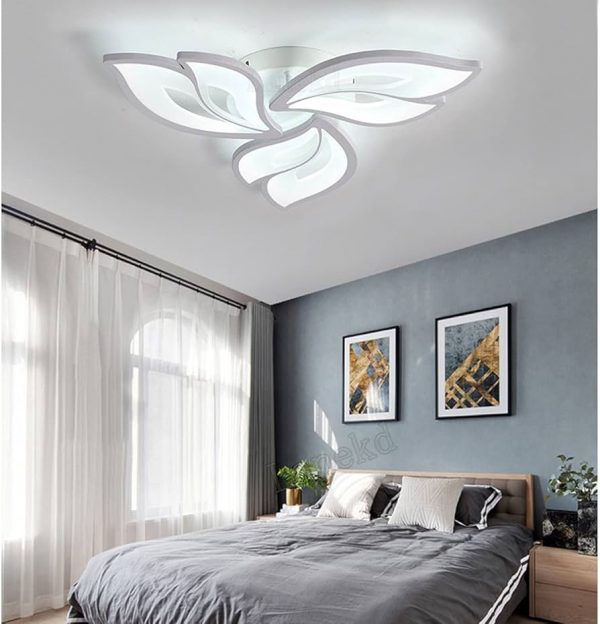
White light: Ideal for work areas such as offices, kitchens and bathrooms, it provides greater clarity and visibility.
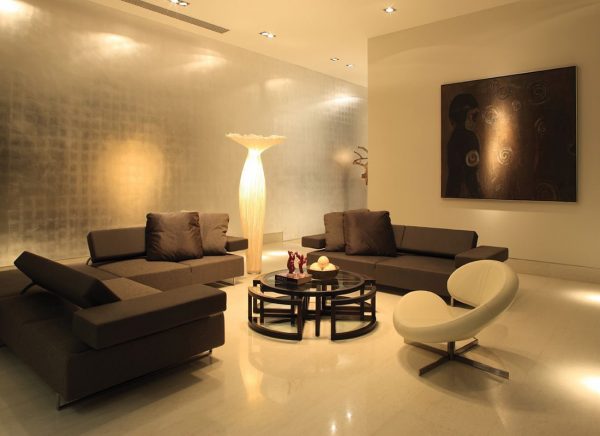
Yellow Light: On the other hand, yellow light is perfect for areas such as living rooms or bedrooms, as it gives the feeling of a warm and relaxing atmosphere.
It is also important to point out that it is always better to invest in LED lights because, in addition to their energy efficiency, they are more durable than traditional incandescent bulbs. Always remember to save electricity and protect the environment.
Natural Light & Artificial Light How do they affect us?
Contrary to the previous point, where it is preferable to have a light according to the use of the room, natural light should always be a priority and used when you have access to it. Since natural light is excellent for improving mood and creating a lively and fresh atmosphere, it reduces anxiety during the day and saves energy. So it is perfect for working, studying or in the living room.
However, natural light varies throughout the day, so it is necessary to supplement it with artificial light. Ceiling, wall or table lamps can provide the light needed to maintain the functionality of a space when natural light is insufficient.


